16 National Parks in Alaska: A Complete Guide
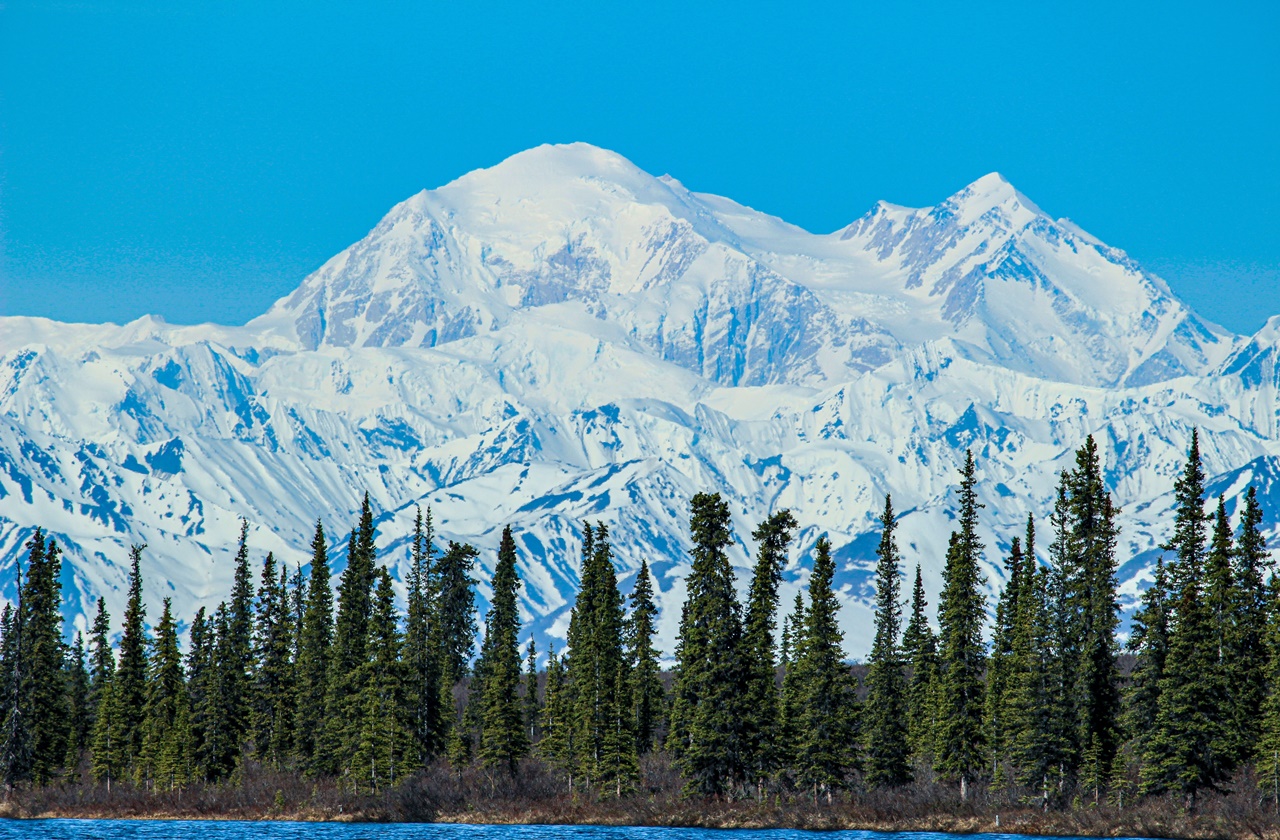
Despite being on the northwestern end of the continent, there are several stunning national parks in Alaska. Being the least densely populated state in America also helped preserve and protect these areas. However, when people mention Alaskan national parks, the larger-than-life peaks of Denali and rushing rivers of Glacier Bay come into mind. Although these are undisputed attractions in Alaska, the state also offers other parks, preserves, and monuments worth seeing.
For adventurers and lovers of the wilderness, a visit to the so-called Last Frontier is a must. Boasting miles and miles of rugged landscapes and wilderness, here’s a list of the best Alaskan national parks!
How Many National Parks Are in Alaska?
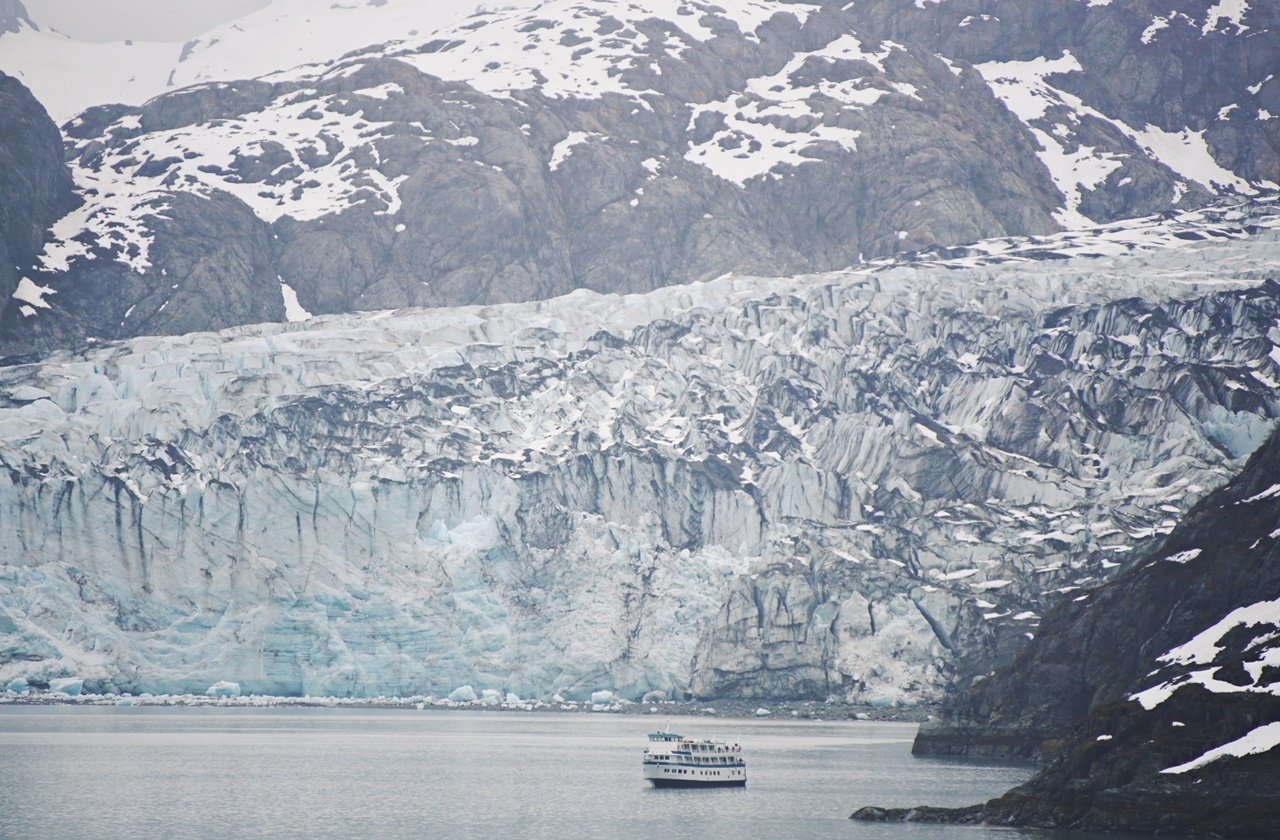
Photo by Brad Stallcup on Unsplash
There are eight national parks in Alaska, including the largest in the whole United States, Wrangell–St. Elias National Park and Preserve. In addition, six of the said national parks are also paired with a national preserve. As compared with a national park, a national preserve protects certain natural resources. Additionally, hunting, fishing, and extraction of minerals and fuels are permitted at a national preserve as long as they are done in accordance with regulations.
Aside from national parks and preserves, Alaska also has several national monuments. A national monument, on the other hand, protects at least one significant resource. National monuments are also relatively smaller as compared to a national park or a preserve and lack different attractions.
Best National Parks in Alaska
1. Glacier Bay National Park and Preserve
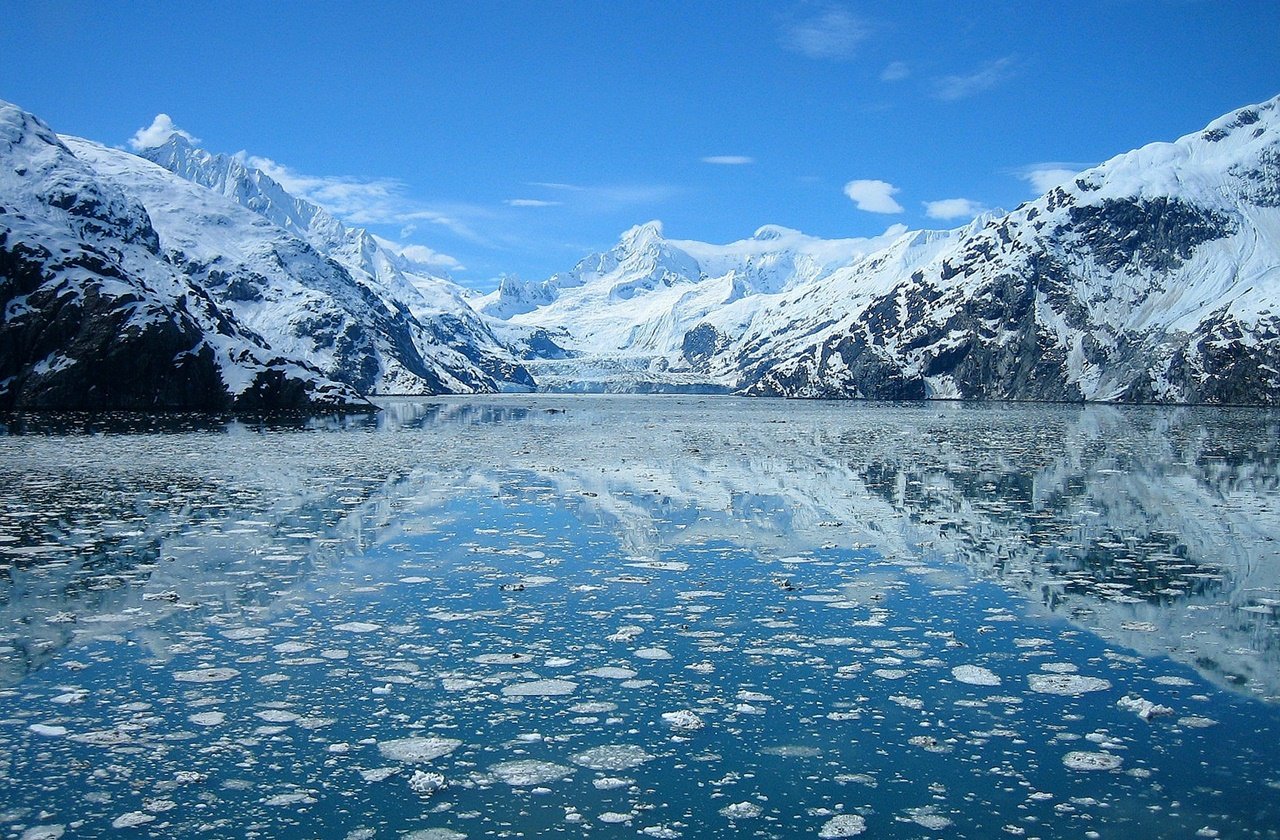
Photo by 12019 on Pixabay
Entrance fees: None
Best Time to Visit: May to mid-September
Glacier Bay National Park and Preserve is easily one of the most recognizable national parks in America. Despite it being accessible only by air travel, the park attracts plenty of visitors and amassed an annual visitor count of more than 500,000 in 2018. And with over 3 million acres of land, the national park offers anything and everything: fjords, coastlines, forests, and its trademark glaciers. Glacier Bay National Park and Reserve is also a wilderness sanctuary, home to a variety of land and marine animals.
Things to Do:
- See the Grinnell Glacier
- Hike along Iceberg Lake Trail
- Visit Lake McDonald
- Walk through the Going-to-the-Sun Road
- Camp overnight
2. Denali National Park and Preserve
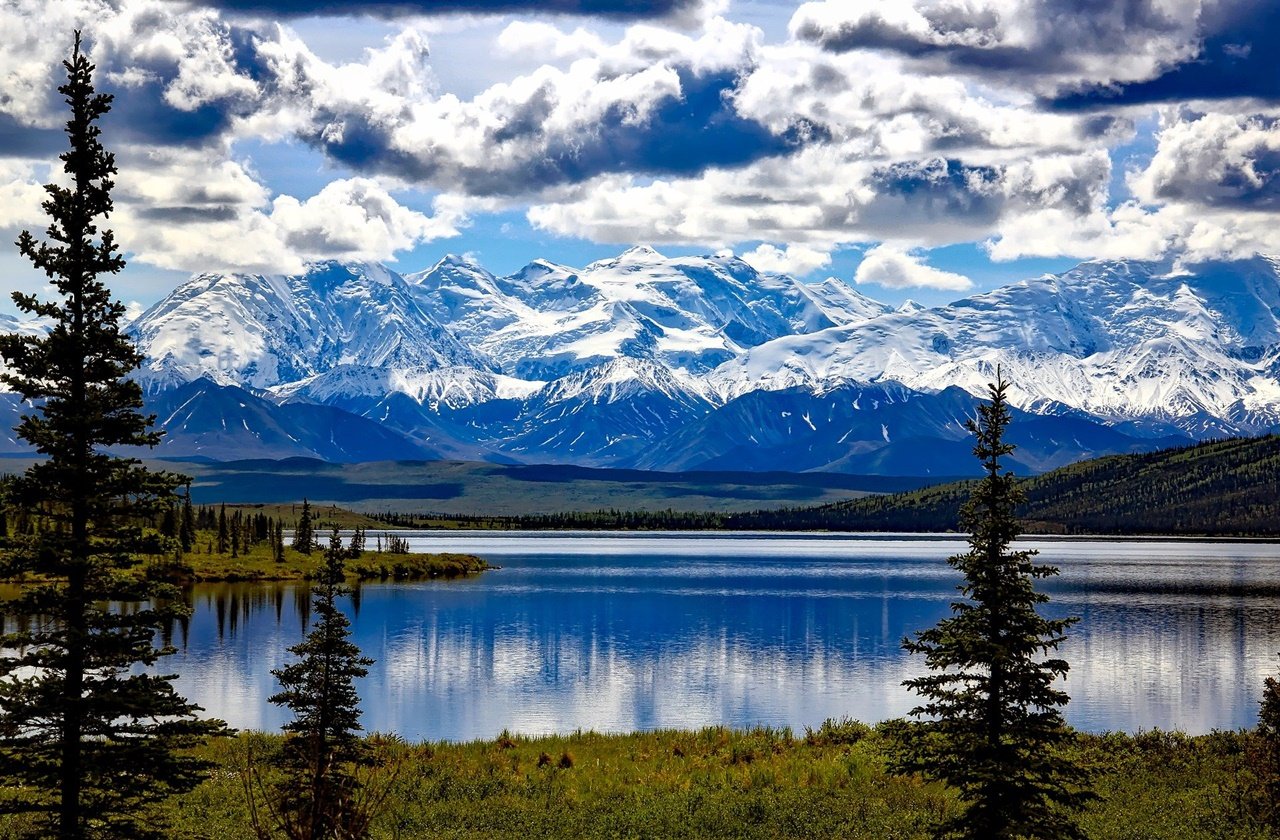
Photo by 12019 on Pixabay
Entrance fees: 15 USD per person valid for a week
Best Time to Visit: All-year-round
Denali National Park and Preserve is one of the best national parks in Alaska in terms of accessibility. Unlike other parks and preserves, Denali is located on a road system, making it easy for travelers to get to the park via buses or park shuttles. The park’s crowning glory is Mount Denali, the highest peak in all of America. Additionally, the 6 million-hectare park is every adventurer’s playground and a popular spot for car camping. From spring to winter, Denali National Park and Preserve offers a wide variety of outdoor activities.
Things to Do:
- See different species of animals
- Hike different trails
- Join bus tours around the park
- Go on a photo walk and take pictures of Mount Denali
- Meet the sled dogs of Denali
3. Gates of the Arctic National Park and Preserve
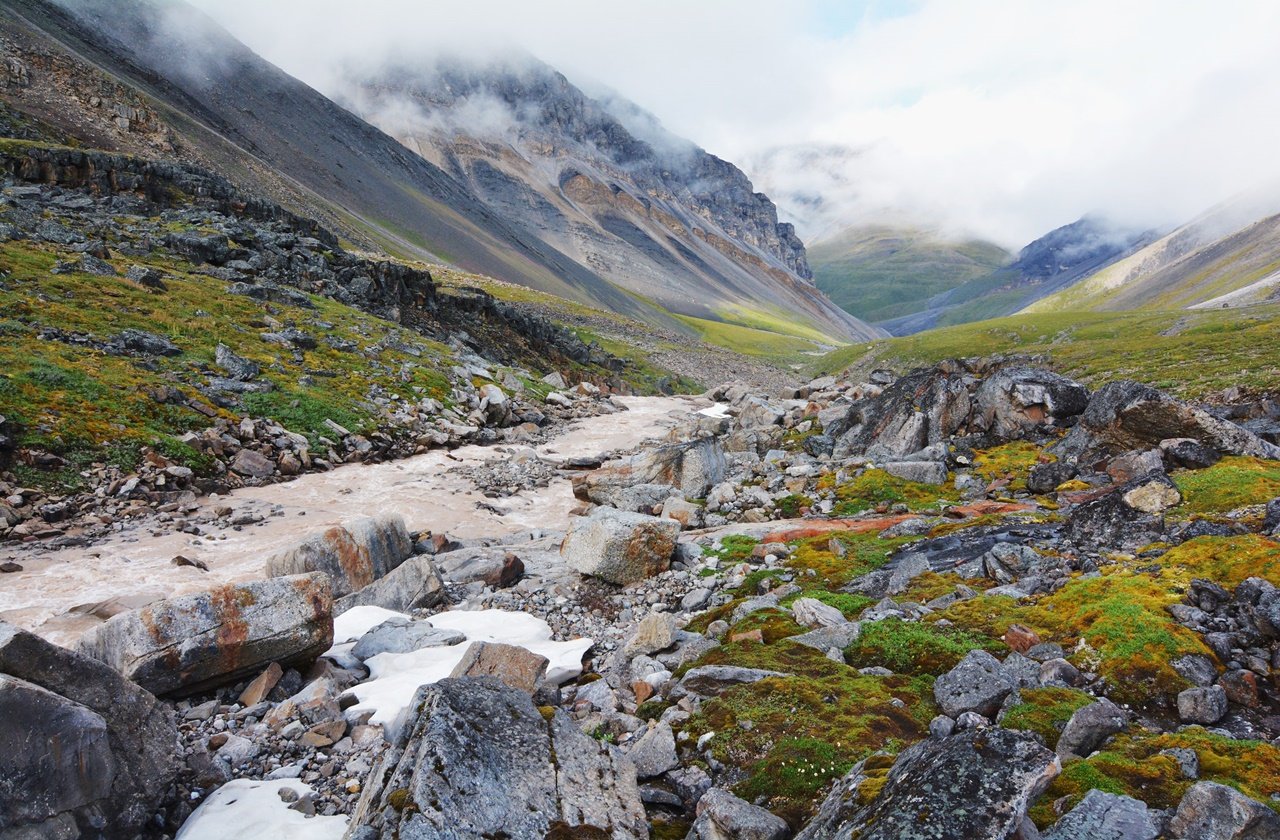
Photo by Paxson Woelber on Flickr
Entrance fees: None
Best Time to Visit: May to September
True to its name, Gates of the Arctic National Park and Preserve lies north of the Arctic Circle and is the country’s northernmost national park. It is also the second-largest, with its size almost the same as Belgium! The park is the perfect exemplification of wilderness, with no established campsites, no road access, and no trails. That being said, authorities advise that all visitors should be proficient in outdoor survival skills. However, despite its remote environment, visitors can enjoy different activities in the park and the wildlife shouldn’t be missed.
Things to Do:
- Head to the skies and go on a flightseeing tour of the park
- Find caribou antlers, foxes, and other animals
- Kayaking or canoeing
- See the Aurora Borealis at night
- Go off-trail hiking
4. Wrangell–St. Elias National Park and Preserve
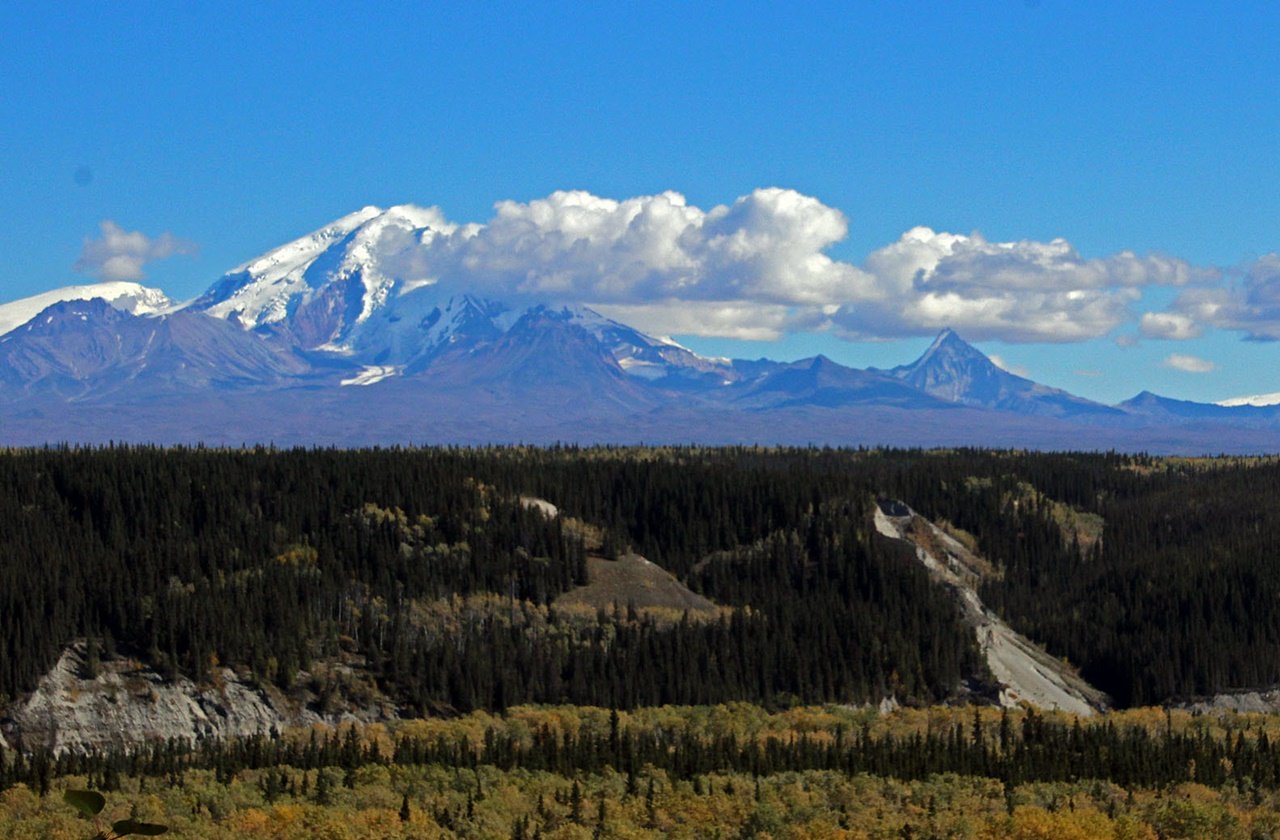
Photo by scott1346 on Flickr
Entrance fees: None
Best Time to Visit: Mid-May to Mid-September
Boasting more than 13 million acres of land (that’s equal to six Yellowstone National Parks!), Wrangell–St. Elias National Park and Preserve is the largest national park in America. It combines historical and natural wonders, and visitors can find an abundance of mountains, glaciers, and mining sites here. Given its massive land area, visitors can enjoy the beauty of this national park. Whether you’re a first-time visitor, or an adventurer at heart, Wrangell–St. Elias National Park and Preserve is one of the best national parks in Alaska you can visit.
Things to Do:
- Go on a multi-day backpacking adventure
- Tour Kennecott Copper Mill
- Visit Liberty Falls
- Enjoy a drive through McCarthy Road
- Take a flightseeing tour of the park
5. Lake Clark National Park and Preserve
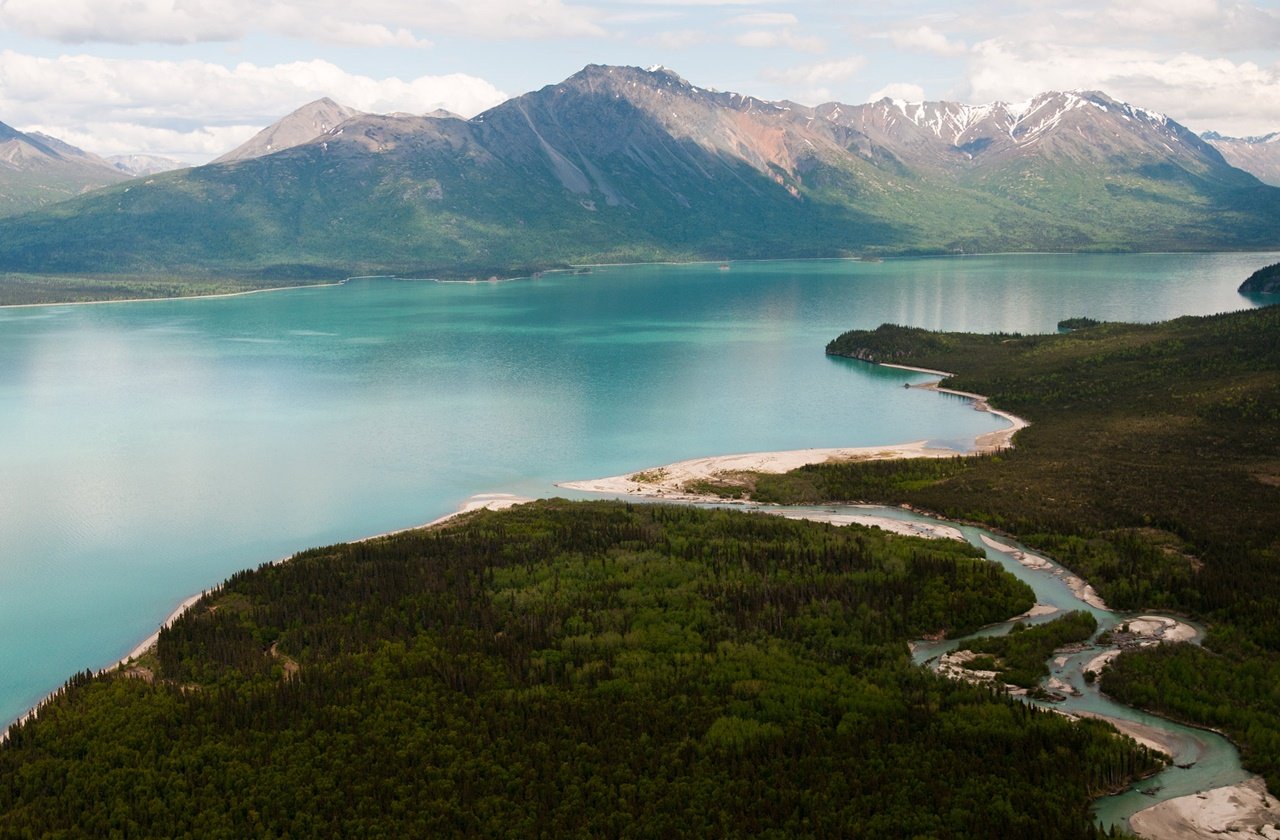
Photo by Lake Clark National Park & Preserve on Flickr
Entrance fees: None
Best Time to Visit: Late July to August
At Lake Clark National Park and Preserve, different ecosystems meet. It is also home to the Denaʼina people and the world’s largest sockeye salmon fishery. As you explore the park, you’ll find gorgeous lakes, rainforests, volcanoes, snow-capped mountains, and alpine tundra. Lake Clark is also one of the national parks in Alaska not accessible by car, so this is perfect for those who want to avoid crowds whilst enjoying the wilderness.
Things to Do:
- Go bear viewing and bird watching
- Kayaking and canoeing at the lakes
- Boat tour around Lake Clark
- Try salmon fishing
- Hike around the wilderness
6. Kobuk Valley National Park
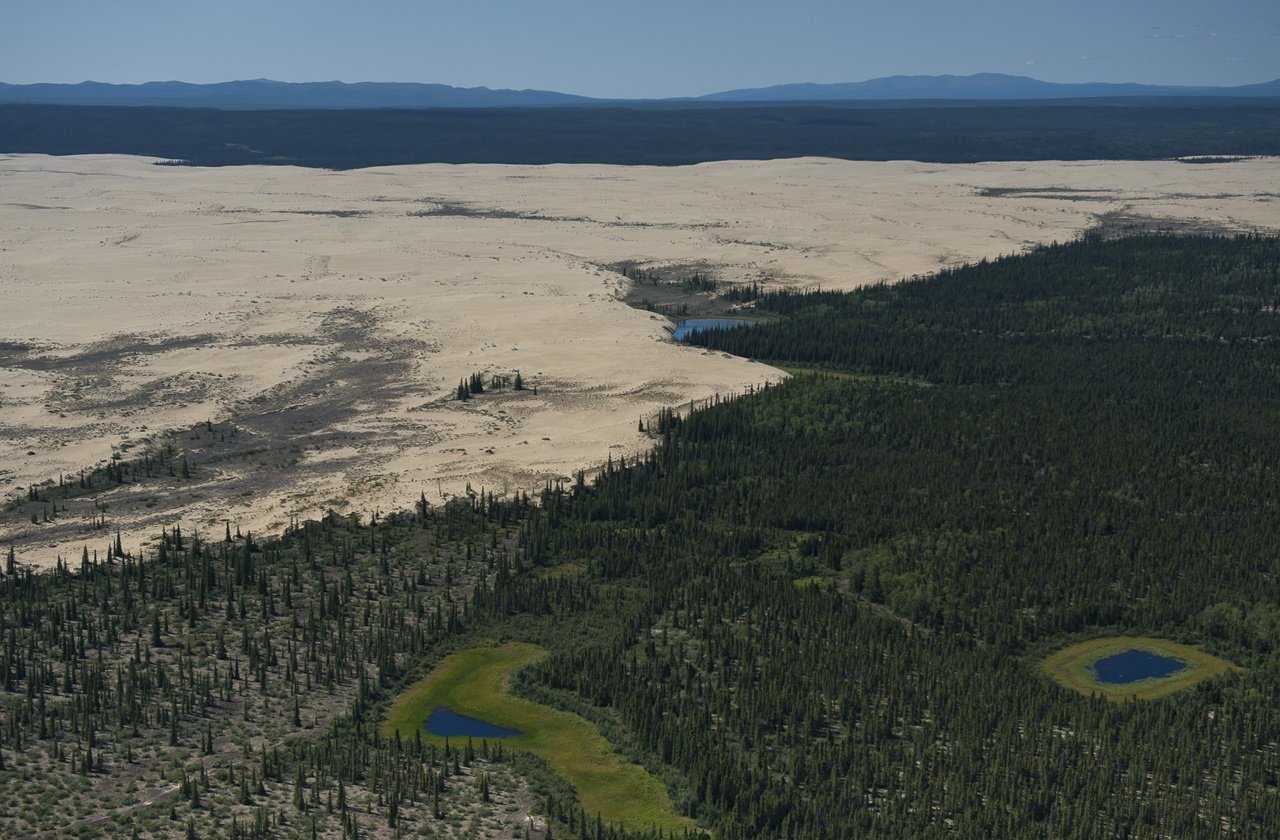
Photo by National Park Service, Alaska Region on Flickr
Entrance fees: None
Best Time to Visit: Mid-June to late July
Kobuk Valley National Park is perhaps one of the most unique national parks in Alaska and in the United States. It is most notable for its otherworldly sand dunes against the boreal forests and tundra fields. Every year, more than 400,000 caribou migrate and swim across the Kobuk River, switching from their winter breeding ground to their summer calving ground. Like other national parks, there are no developed areas, so the park is filled with untouched lands where animals can thrive and live. But nonetheless, it showcases the beauty of Alaska’s wilderness.
Things to Do:
- Explore the park on a backpacking trip
- View the aurora borealis
- Go skiing in winter
- Fish for salmon, shellfish, and Dolly Varden
- See the Great Kobuk Sand Dunes
7. Kenai Fjords National Park
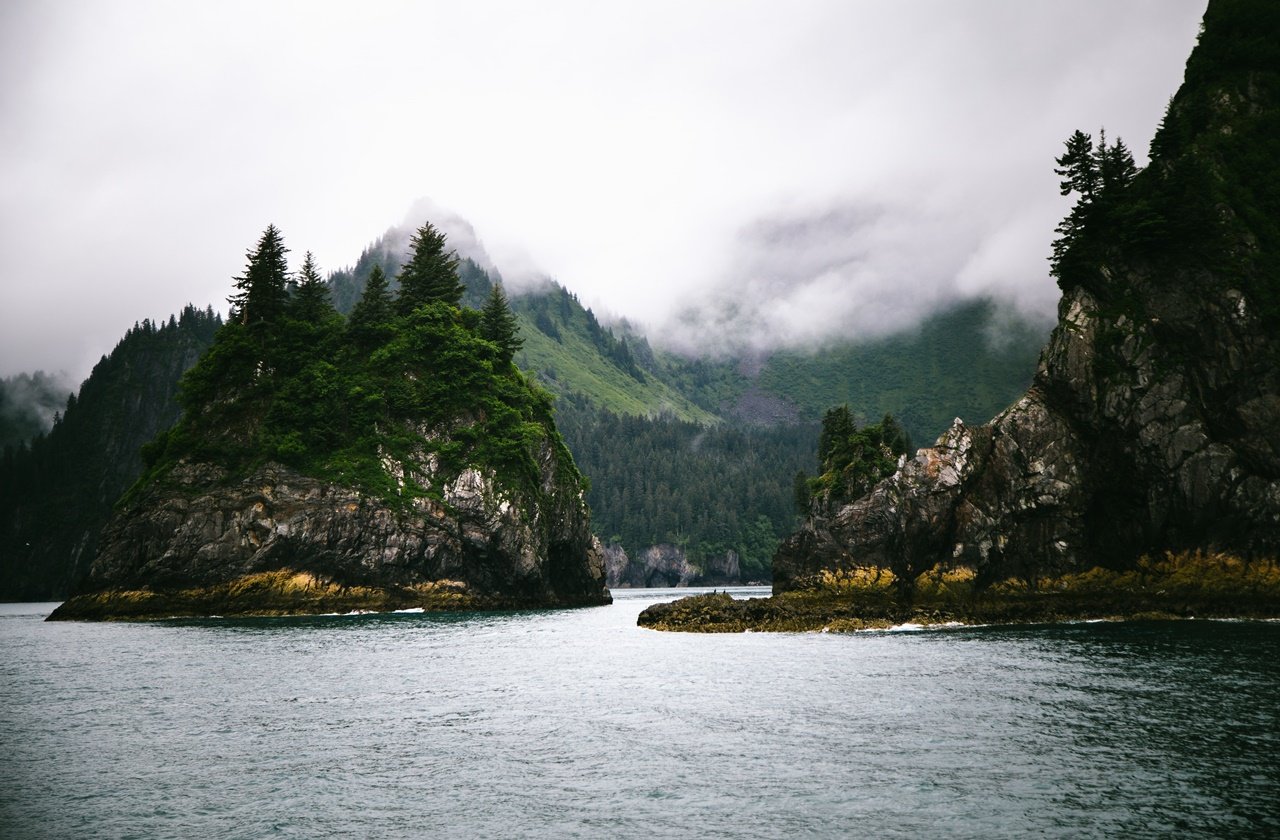
Photo by Daniel Tong on Unsplash
Entrance fees: None
Best Time to Visit: May to October
You don’t have to go all the way to Akershus in Norway to see the fjords as you can see them at Kenai Fjords National Park. In addition, more than 40 glaciers flow from the Harding Icefield all the way to the ocean, a breathtaking yet sobering sight as the shrinking glaciers remind you of the effects of climate change. Kenai Fjords National Park is also home to several sea otters, killer whales, brown and black bears, and other mammals. From Anchorage, the national park is only a few hours away, making it a perfect day trip from the city.
Things to Do:
- Join a boat tour through the fjords
- Take a tour to Fox Island
- Participate in a ranger-led program
- See Exit Glacier
- Hike across Harding Icefield Trail
8. Katmai National Park and Preserve
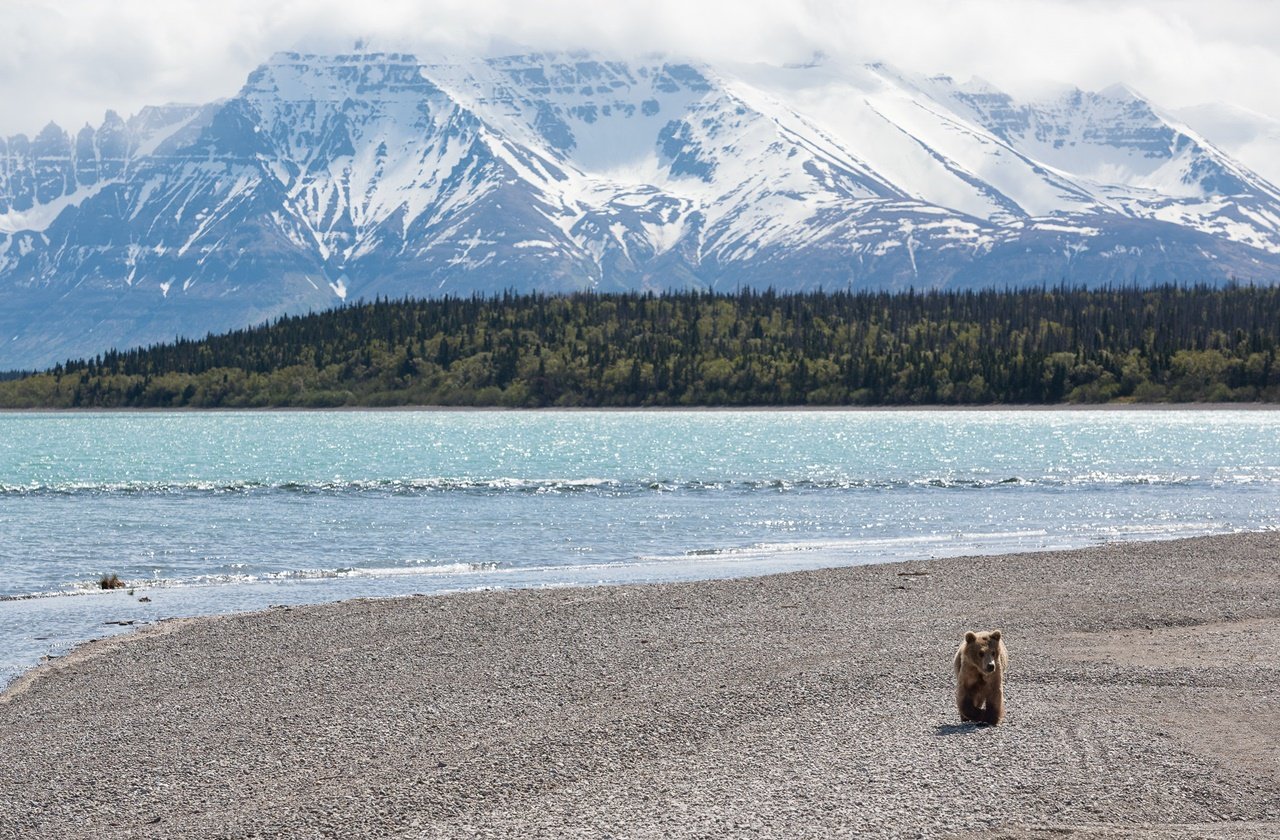
Photo by Katmai National Park and Preserve on Flickr
Entrance fees: None
Best Time to Visit: June to mid/late July
If you want to see bears in their natural habitat, Katmai National Park and Preserve is one of the best national parks in Alaska to visit. This is also the site of the largest volcanic eruption of the 20th century and you can see remnants of this devastating event at the park. Find an abundance of volcanoes, river flats, and mountains as you explore the park. For hikers, Katmai is also a great place for backcountry hiking and other outdoor activities like fly-fishing, camping, and boating. In addition, to get the best bear-viewing experience, visit in July or September.
Things to Do:
- View the bears from Brooks Falls
- Go backcountry hiking or camping
- Fish for salmon or trout
- Marvel at the Valley of Ten Thousand Smokes
- Paddle through the park’s lakes and rivers
9. Sitka National Historical Park
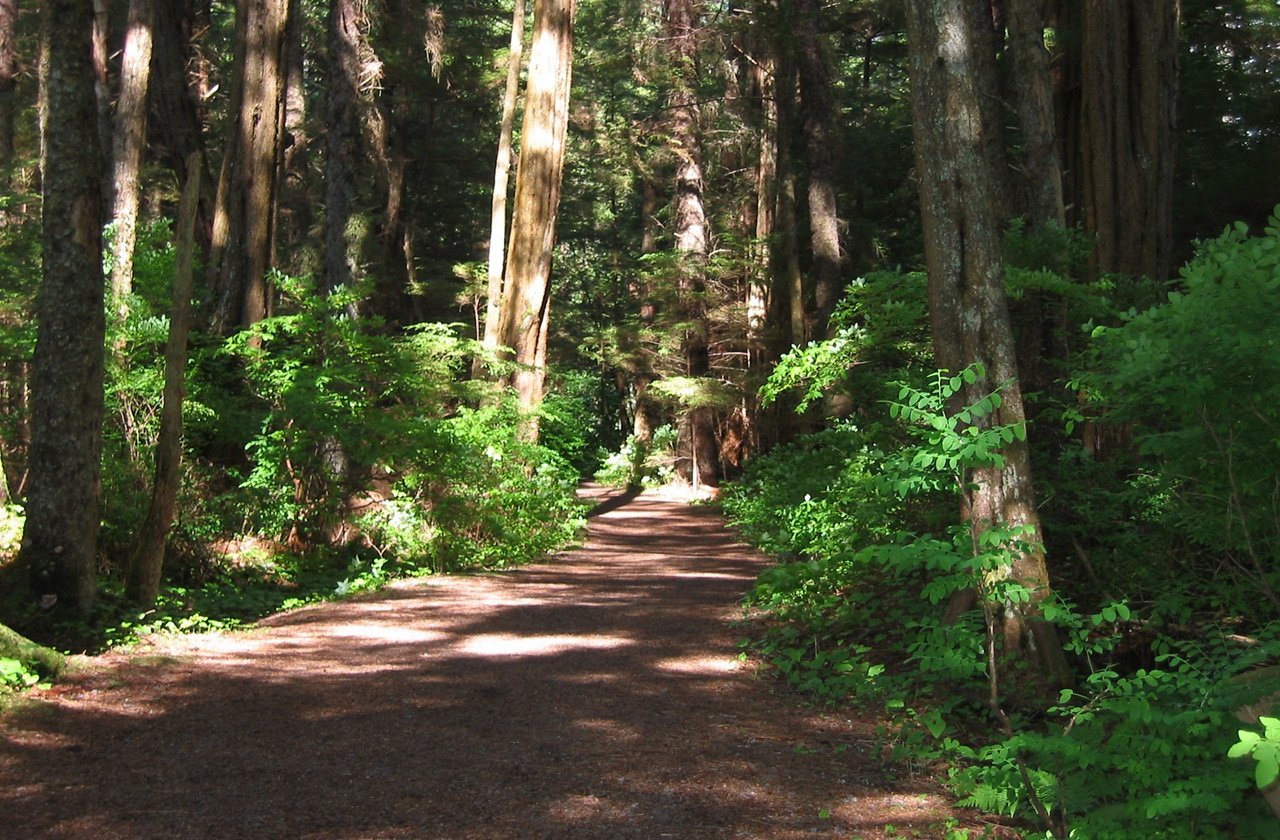
Photo by James Crippen on Wikimedia Commons
Entrance fees: None
Best Time to Visit: May to mid-September
Sitka National Historical Park may be one of the smallest national parks in Alaska, but it packs a lot of history. The park preserves the battle site between Russian fur hunters and the Tlingit people. Along the coastal trail, you can find totem poles which are the replica of the original ones, a reminder of the historic events here. But aside from its native totem poles, Sitka National Historical Park is also known for its coastal rainforests that offer majestic seaside views.
Things to Do:
- Join ranger-led programs and tours
- Discover Tlingit culture and art
- Visit the Russian Bishop’s House
- Follow the Totem Trail
- Watch The Voices of Sitka, a 12-minute video showing the history of Sitka
10. Klondike Gold Rush National Historical Park
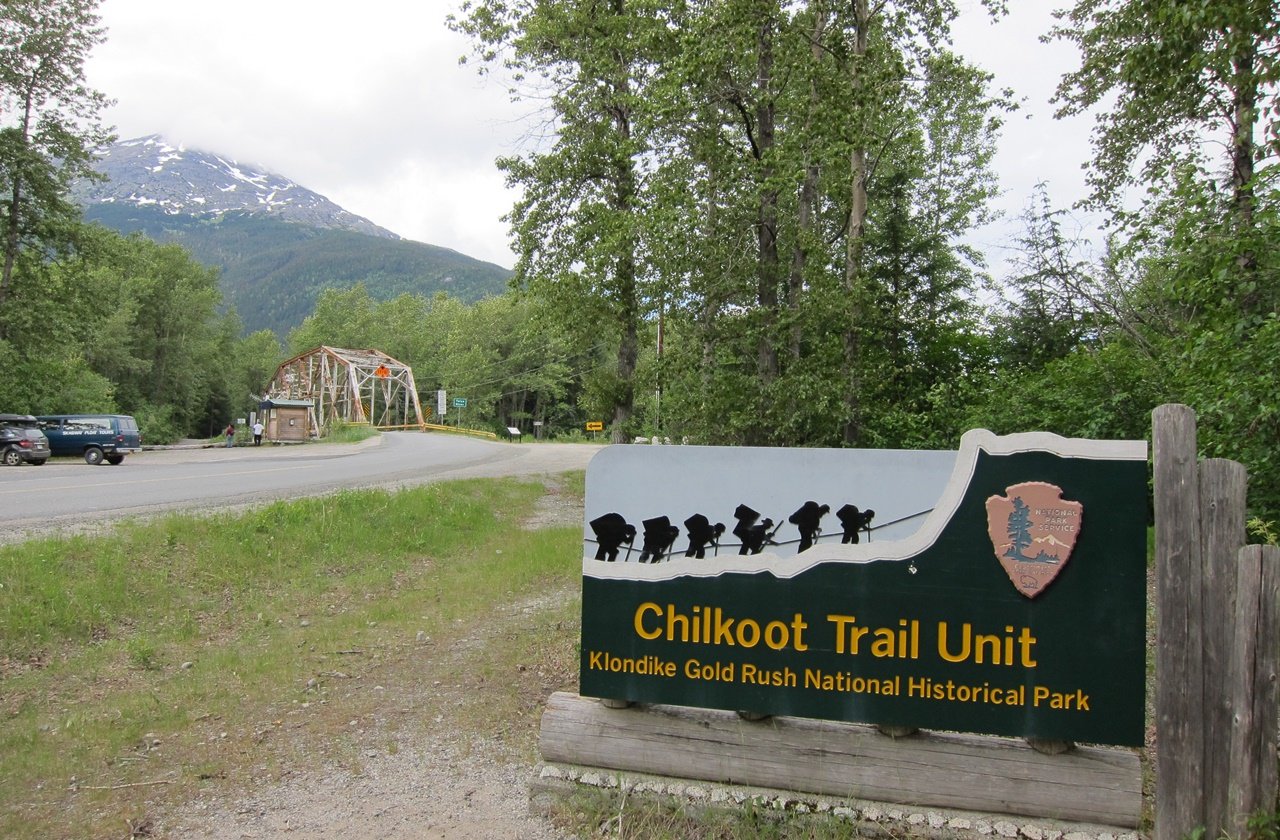
Photo by Phillip Stewart on Wikimedia Commons
Entrance fees: None, but some trails or campgrounds may have additional fees
Best Time to Visit: Mid-May to September
Klondike Gold Rush National Historical Park showcases the history and legacy of the Klondike Gold Rush. Between 1896 and 1899, more than a hundred thousand prospectors traveled to the goldfields of Klondike. Others instantly became rich while some failed, and it was further immortalized in books, TV series, and movies. The park also offers scenic trails, including the historic Chilkoot Trail, a multi-day hike that follows the trail of the stampeders during the Gold Rush.
Things to Do:
- Go on a multi-day backpacking trip through the Chilkoot Trail
- See the informative film, Gold Fever: Race to the Klondike
- Visit the Skagway City Museum
- Drive across the White Pass Summit
- Hike along its shorter trails
11. Aniakchak National Monument and Preserve
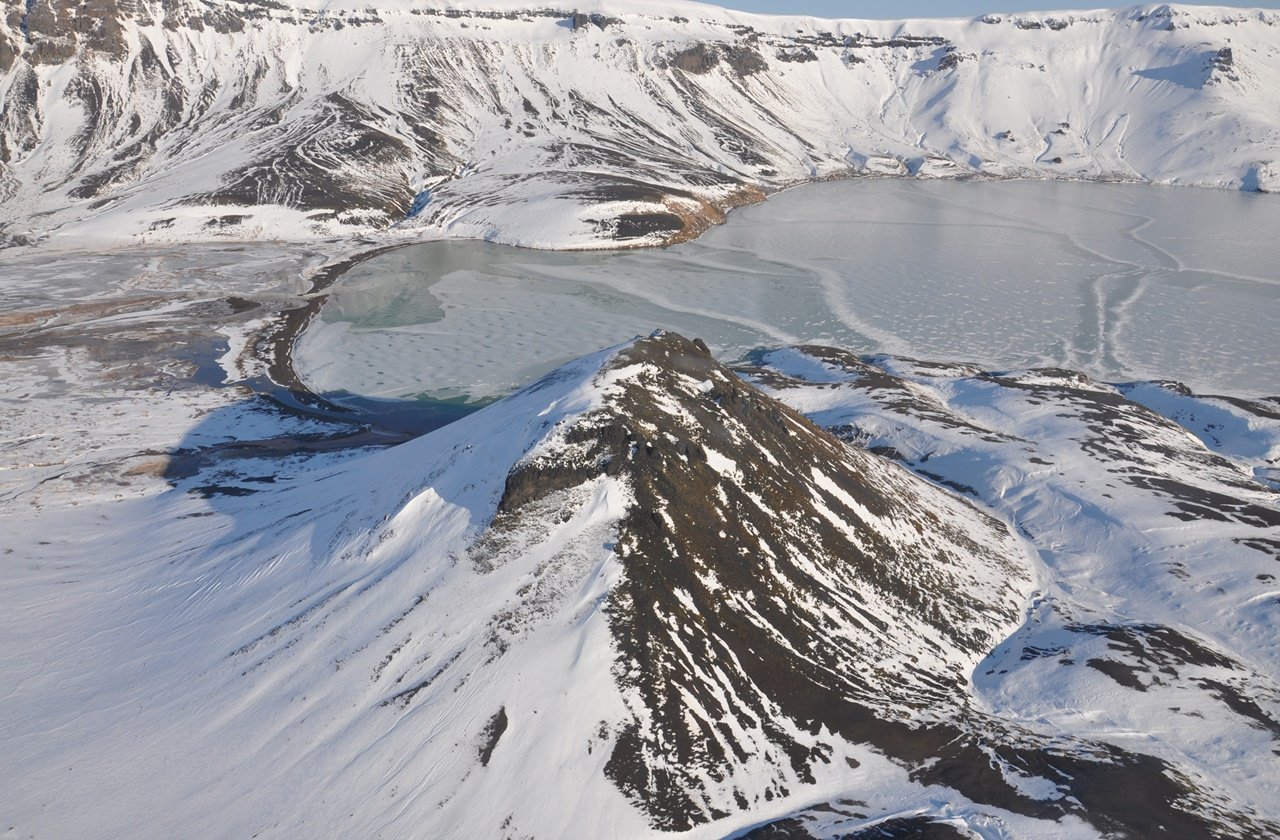
Photo by Katmai National Park and Preserve on Wikimedia Commons
Entrance fees: None
Best Time to Visit: May to September
Because of its relatively remote location, Aniakchak National Monument and Preserve is one of the least visited national parks in Alaska. But that doesn’t mean it’s not worth seeing! The park is a stark reminder that Alaska belongs to the highly active Ring of Fire along with Asian countries like Indonesia and the Philippines. Its highlight is the six-mile wide caldera that formed as a result of a volcanic eruption 3,500 years ago. Despite its barren look, Aniakchak National Monument and Preserve still offer different activities.
Things to Do:
- Go river rafting at the Aniakchak River
- Hike to the caldera floor
- Try sport fishing
- Enjoy boating or canoeing
- Feel the thrill of hunting
12. Cape Krusenstern National Monument
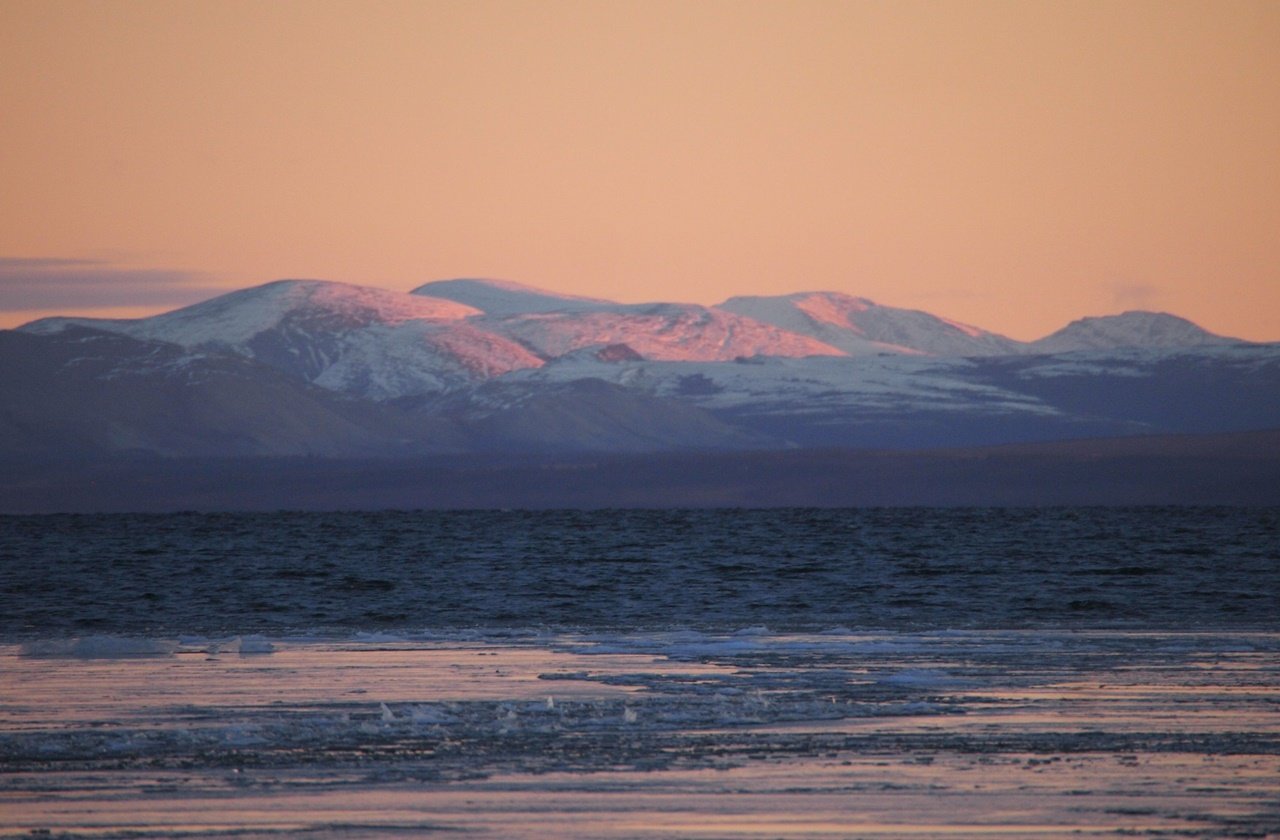
Photo by Western Arctic National Parklands on Flickr
Entrance fees: None
Best Time to Visit: June to September
Visiting Cape Krusenstern National Monument is perfect for individuals and families looking for endless outdoor activities. The park is centered around Cape Krusenstern, a cape that contains several beaches, swales, ponds, and lakes. Along with the limestone hills, it creates an eerie yet tranquil environment. In summer, the park is dotted with wildflowers that give color to the otherwise plain ridges and hills. Migratory birds also come to the park for nesting, a must-see when visiting Cape Krusenstern National Monument.
Things to Do:
- See the national park on a flightseeing trip
- Go birdwatching
- Kayak across the waters of the lake
- Overnight camping
- Take photos of the flora and fauna
13. Noatak National Preserve
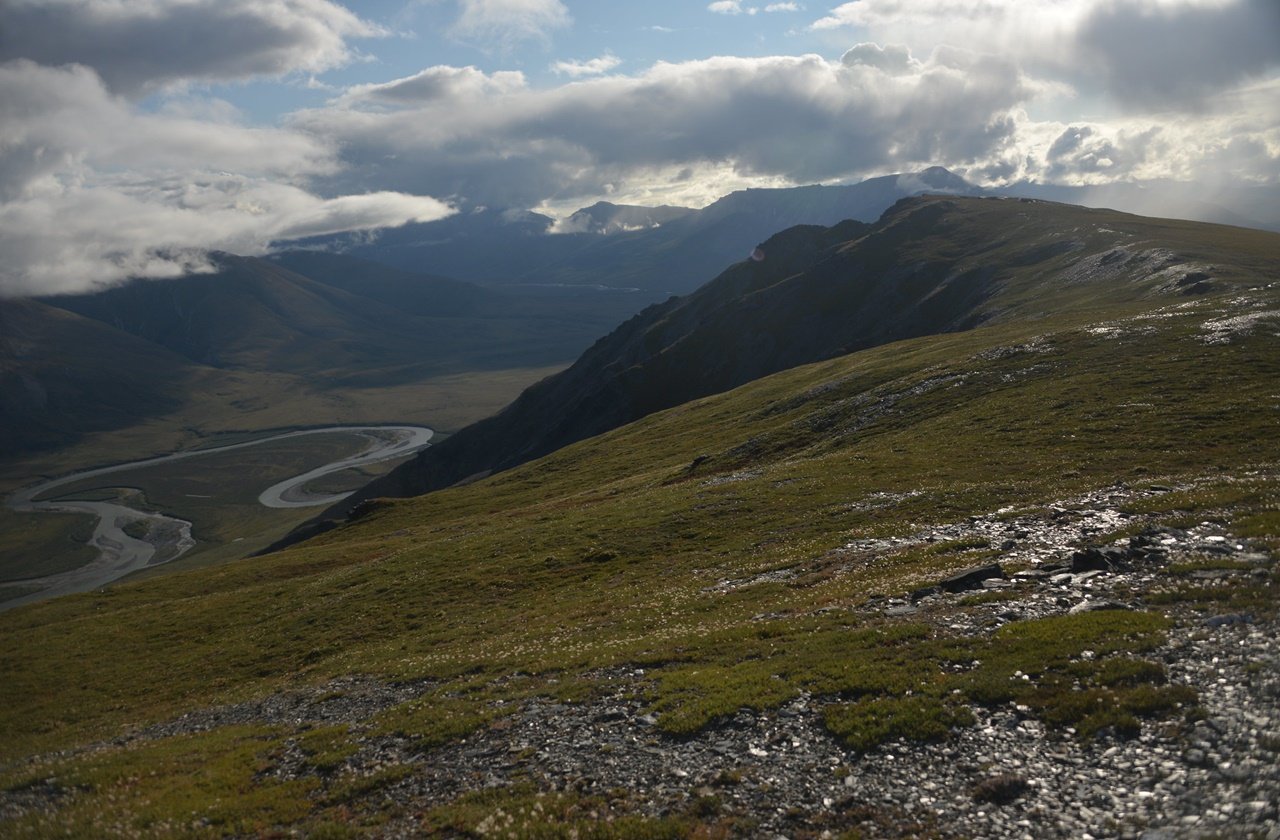
Photo by National Park Service, Alaska Region on Flickr
Entrance fees: None
Best Time to Visit: Mid-June to September
Established to protect the Noatak River Basin, Noatak National Preserve is one of the best national parks in Alaska for backpackers. It boasts some of the best varieties of flora and fauna in the Arctic. Additionally, experts believe that the river system is one of the last few undeveloped river systems. That being said, enjoy nothing but pure wilderness at the national preserve.
Things to Do:
- Go sport hunting or fishing
- Explore the backcountry
- See the wildlife and take pictures
- Join different community programs
- Hike in the summer
14. Yukon-Charley Rivers National Preserve
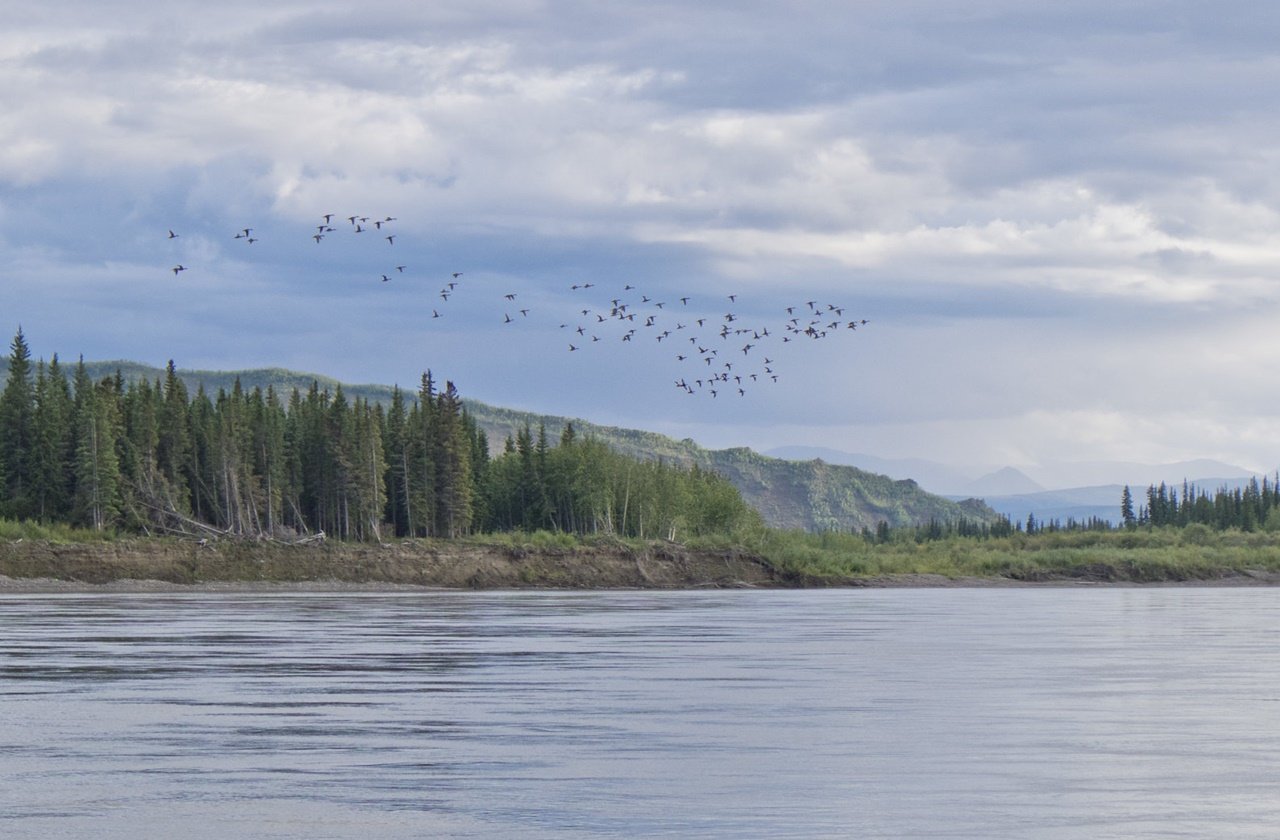
Photo by National Park Service, Alaska Region on Flickr
Entrance fees: None
Best Time to Visit: June
The Yukon-Charley Rivers National Preserve aims to preserve two rivers: the Yukon River and the Charley River. Many know the Yukon River for its role during the iconic Klondike Gold Rush, but not many know that the Charley River is a stunning body of water that flows through three different regions. As you float through the river, be mesmerized by the scenery of valleys, floodplains, and spruce trees.
Things to Do:
- Float through the Yukon River
- Rafting at Charley River
- Ski, mush, or snowmachine in winter
- Try dog mushing
- Visit cabins and different historical sites
15. Bering Land Bridge National Preserve
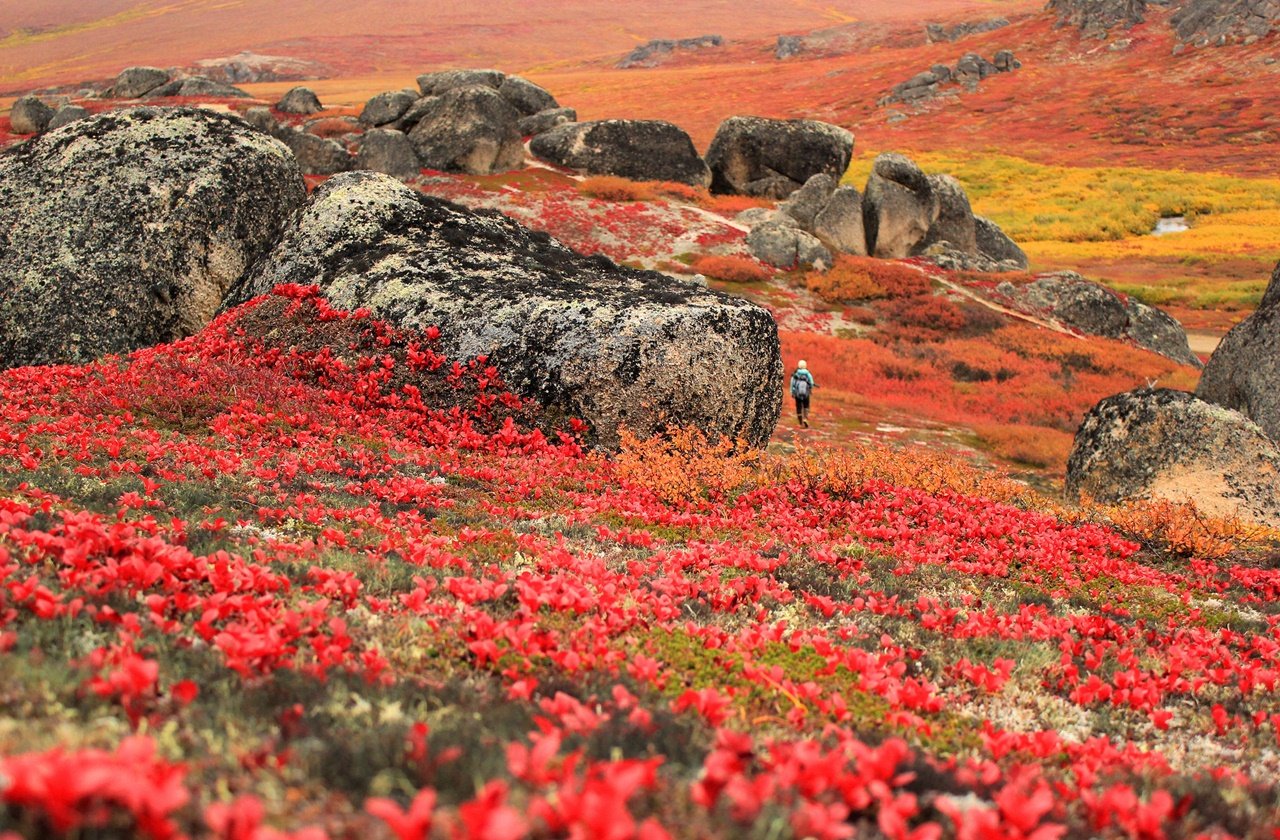
Photo by U.S. Department of the Interior on Flickr
Entrance fees: None
Best Time to Visit: May to June
Bering Land Bridge National Preserve is one of the important national parks in Alaska. It preserves Bering Land Bridge, a landmass that once connected Asia and North America during the ice age. Today, the national preserve is home to some of the most incredible wildlife. Find different species of plants and flowers, including more than 50 wild berry species. Although fairly remote, you can get to Bering Land Bridge National Preserve by plane from Nome.
Things to Do:
- Go wild berry picking
- Explore the preserve on a snowmobile
- Participate in ranger-led programs
- Birdwatching or wildlife viewing
- Hike or go on a multi-day backpacking tour
16. Alagnak Wild River
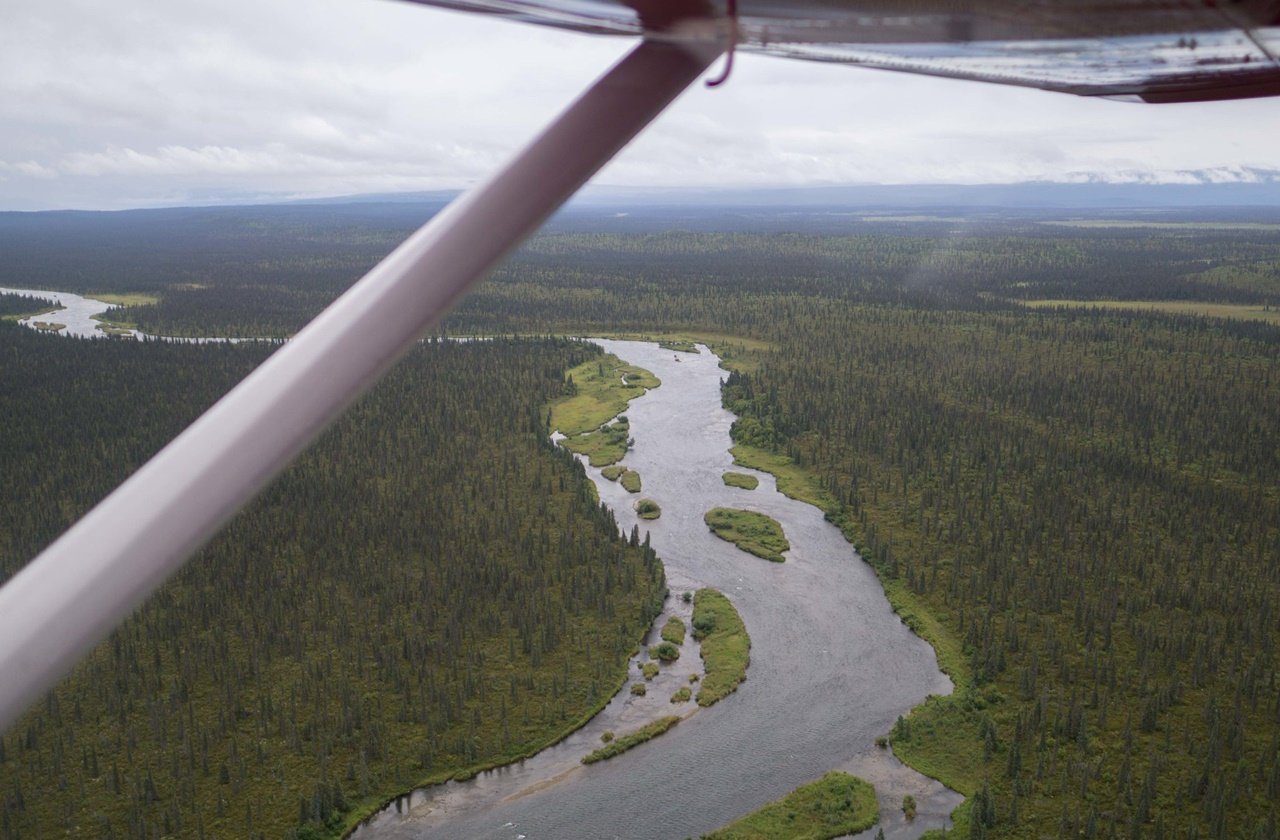
Photo by Katmai National Park and Preserve on Flickr
Entrance fees: None
Best Time to Visit: June to September
Rounding up the list of the best national parks in Alaska is the Alagnak Wild River. It is also a popular location for sport fishing in the state, home to rainbow trout, grayling, king salmon, and other fish species. Due to the abundant source of salmon, it attracts plenty of bears, something visitors should take note of when camping or hiking. You can also find moose, beavers, foxes, otters as you explore the Alagnak Wild River.
Things to Do:
- Cruise along the river
- Fish for salmon, trout, and other fishes
- Camp in the wilderness
- Kayak or try whitewater rafting
- See the wildlife and take pictures
What You Need to Know Before Visiting National Parks in Alaska
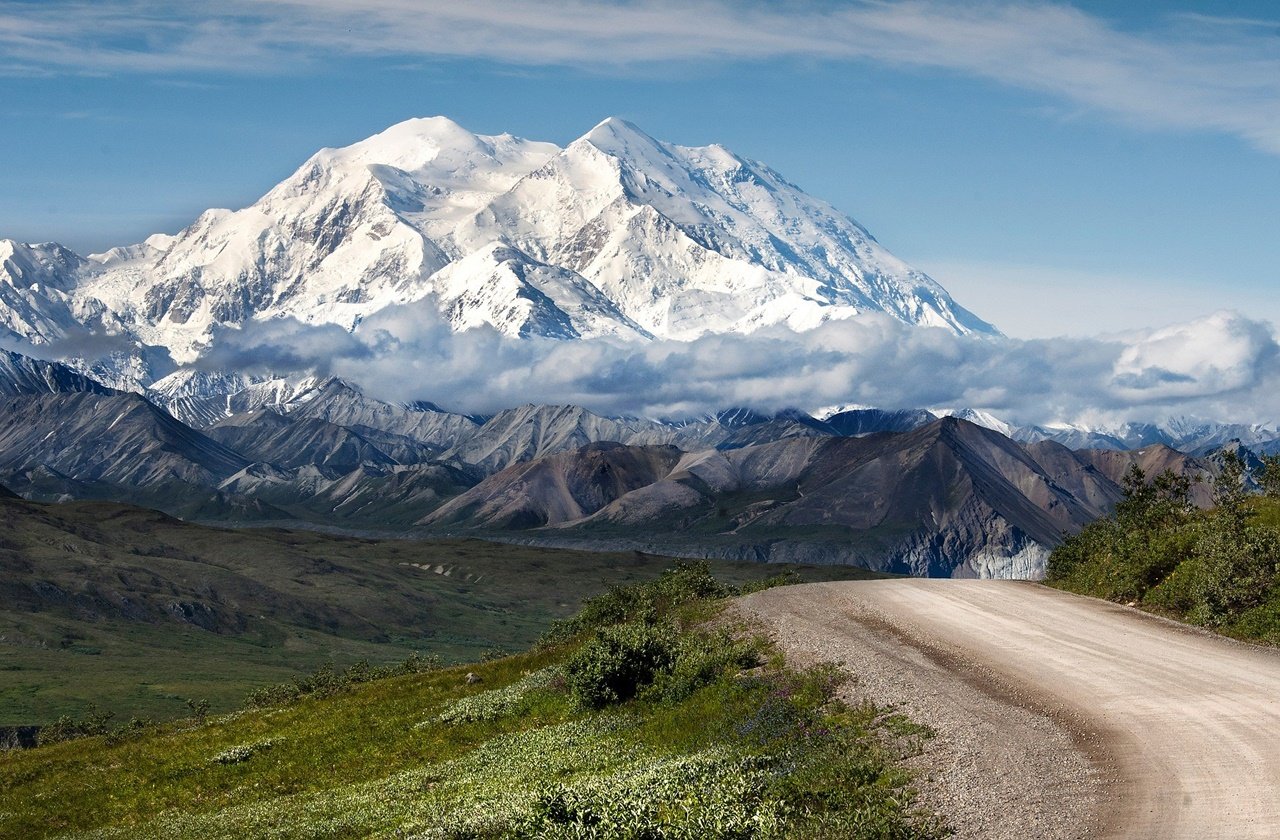
Photo by Wall Boat on Flickr
- Make sure to bring clothing appropriate for the weather. Snow is common in Alaska and some parts have a rainforest climate with many occurrences of rain and fog. In winter, wear heated jackets and heated gloves. Before planning your visit, you can also check the weather forecast in case of possible snowstorms or rainfall.
- Having a National Park Pass or a National Parks Senior Pass can help you save money. These passes can grant you free or discounted entry to some national parks.
- Not all national parks in the state are accessible by road and visiting them can be expensive. Some national parks, reserves, and monuments require air travel, so be sure to research how to travel to these places. You can also book tours through third-party websites for convenience.
- Alaska national parks include Native lands and villages where locals reside. When visiting, please refrain from taking pictures of these villages. Additionally, visitors should be respectful to those who live in these lands. Remember that you are a guest visiting their territory.
- If this will be your first time visiting a national park or monument, don’t be hesitant to approach park rangers or head to the visitor centre. They can give activity suggestions, help you find a campsite, and offer programs and tours you can join.
Camping Safety Tips at National Parks in Alaska
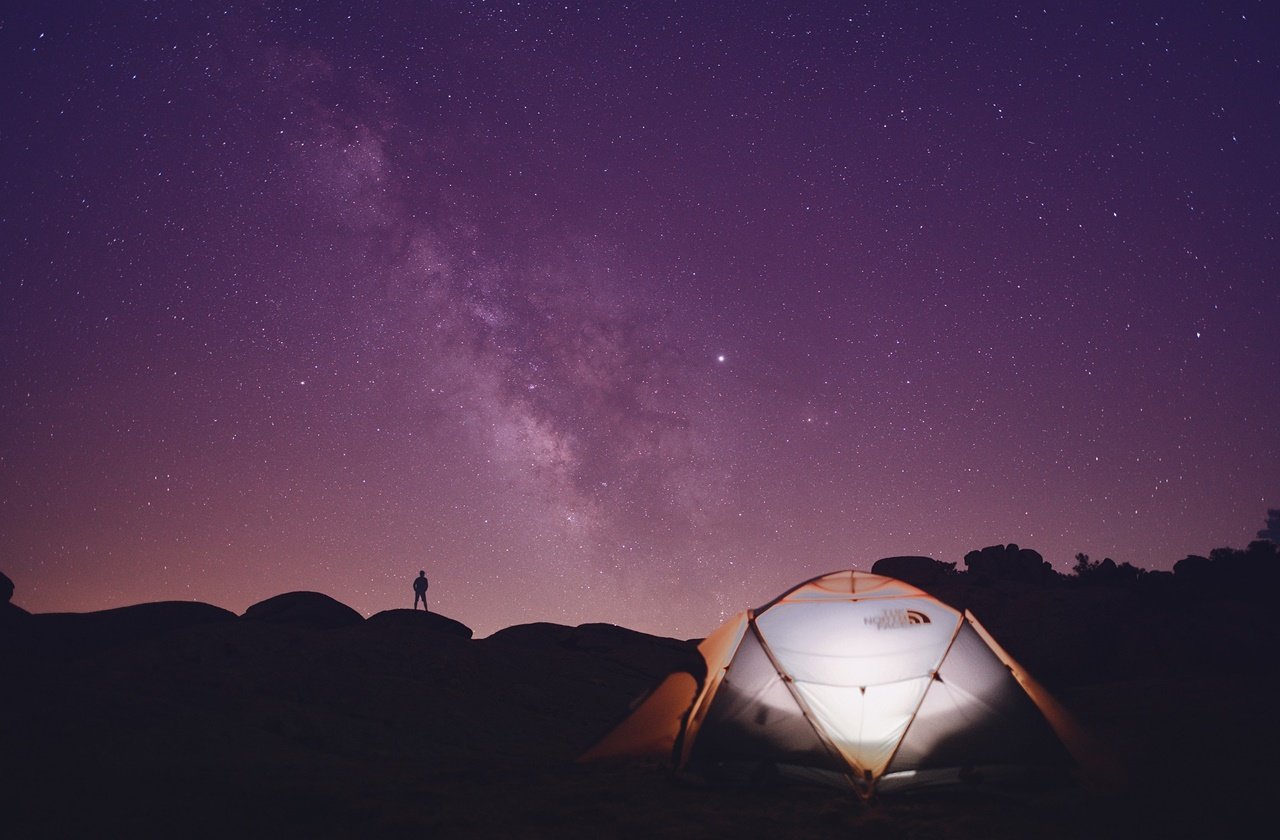
Photo by riya26 on Pixabay
- Choose a campground that is close to your chosen activity. Some campgrounds are strategically located near fishing spots, hiking trails, and popular viewpoints.
- Always carry a map, GPS unit, compass, and a satellite phone in case of an emergency.
- When encountering animals, please avoid feeding animals or approaching them for pictures. These animals have little to no encounters with humans so they could act aggressively. If you’re camping with children, make sure that they don’t chase or pick up the animals.
- In summer, some campgrounds have a risk of sudden forest fires. Check for any fire regulations or confirm with park rangers or at the visitor centre if there are fire-related advisories at campgrounds.
- Beware of frost heaves on highways. Pay attention to the orange flags on both sides of the highway as they mark nearby frost-heave areas.
- When cooking, try not to bring or cook food with a strong smell as it can attract animals. Store leftover food in your van and never leave them out when not in use.
- Mosquitoes can be a problem at national parks in Alaska, so don’t forget to bring a mosquito repellent.
Final Notes
Alaska is overall a haven for adventurers. The American state offers plenty of ground for camping, hiking, fishing, boating, and more. What’s even better is that these national parks in Alaska have significance, whether it was a landmass that connects two continents or the location of historic gold rushes. Although people tend to visit popular national parks like Yosemite National Park or Grand Canyon, the parks in Alaska shouldn’t also be missed!

